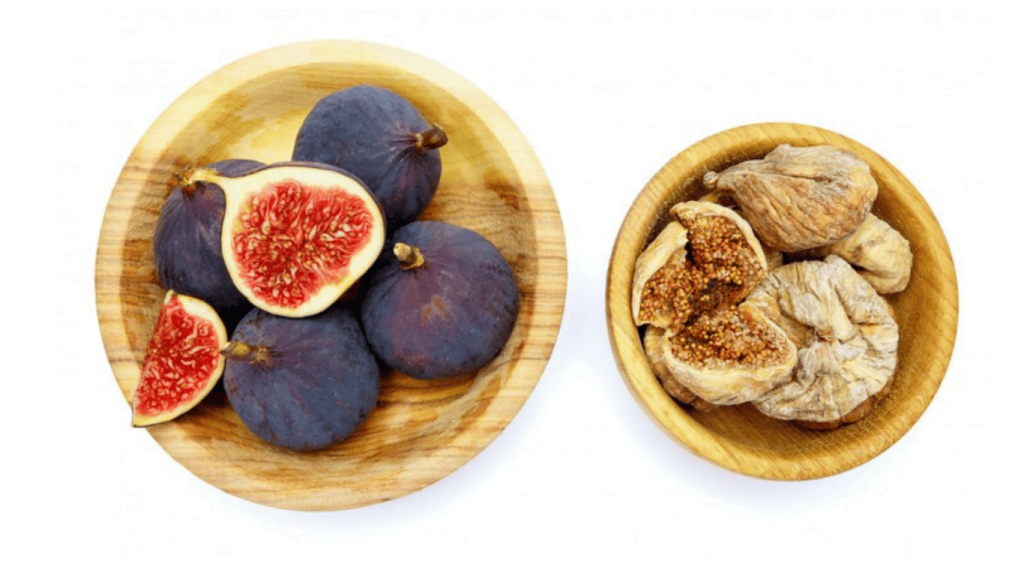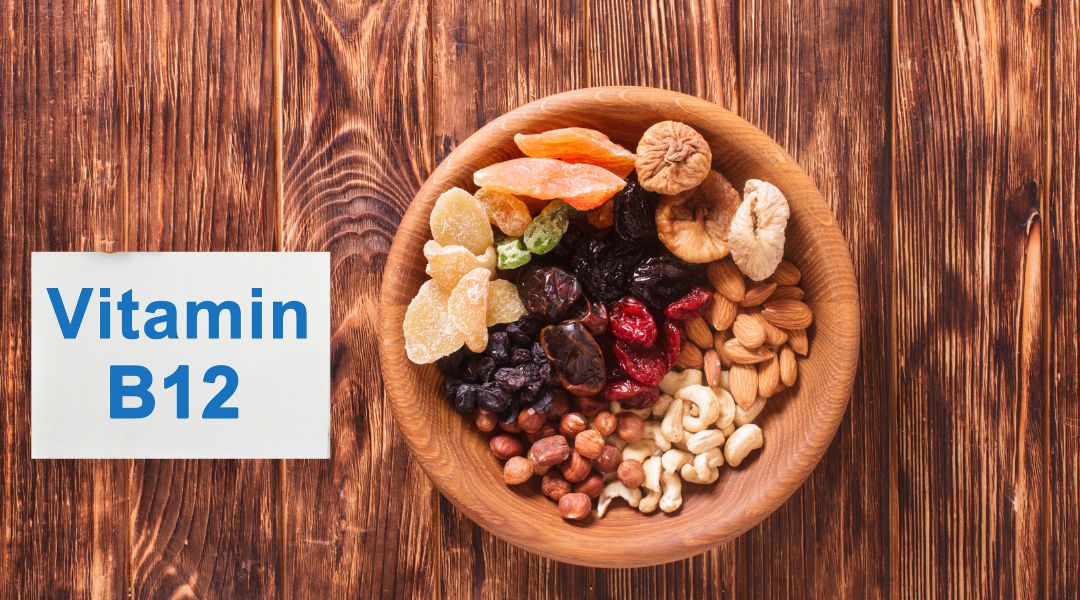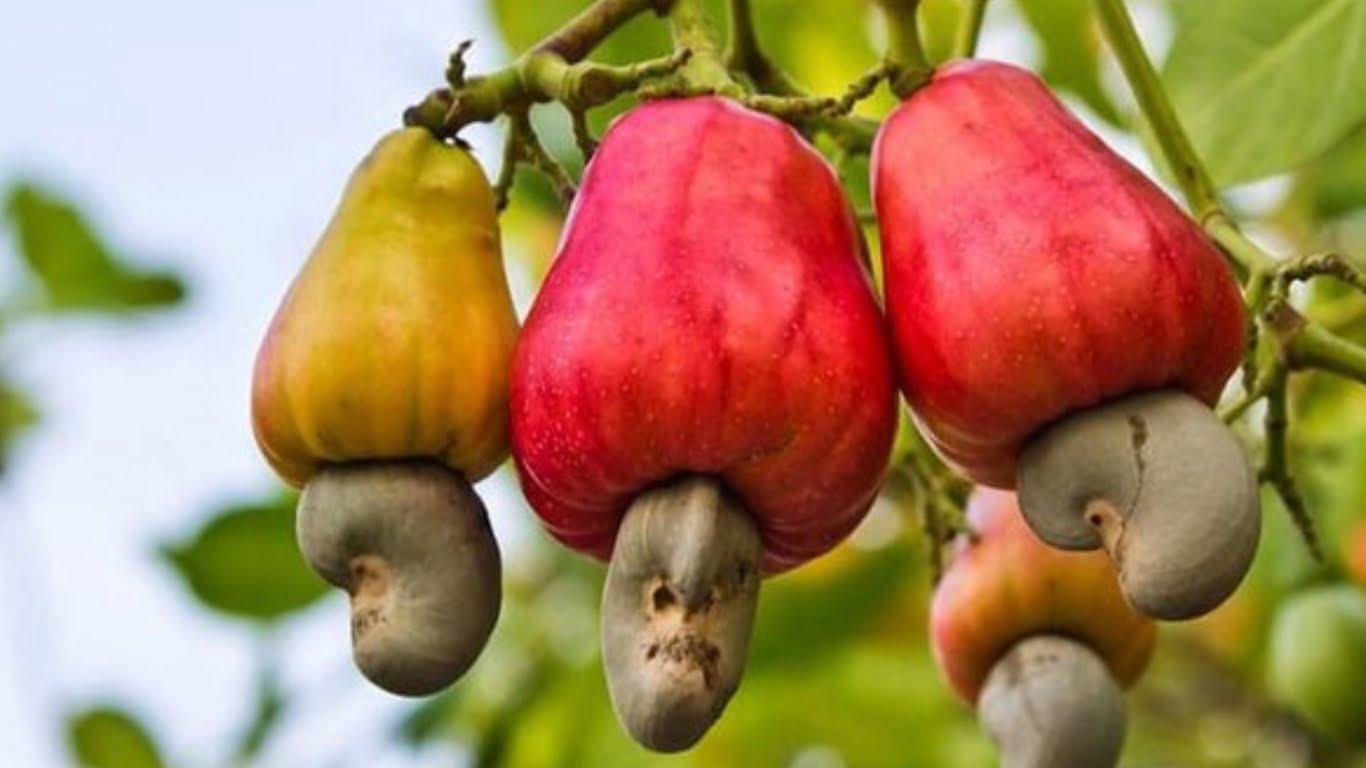Introduction
Fig dry fruit is dried version of the fig fruit. It is a sweet, chewy fruit that is a good source of fiber, potassium, calcium, and iron. Figs are native Mediterranean region, but they are now grown in many parts of the world. They can be eaten fresh, dried, or cooked.
History of Fig Dry Fruit
Figs have been cultivated for thousands of years. They were one of first fruits to be domesticated, and they were an important food source for ancient civilizations in the Mediterranean region. Figs were also valued for their medicinal properties. In ancient Greece, figs were used to treat a variety of ailments, including diarrhea, constipation, and respiratory problems.
Nutritional Value of Fig Dry Fruit 2023
Fig dry fruit is a good source of several nutrients, including:
- Fiber: Figs are a good source of dietary fiber, which can help to regulate digestion and keep you feeling full.
- Potassium: Potassium helps to regulate blood pressure and heart health. It is also important for muscle function and nerve signaling.
- Calcium: Calcium is vital for maintaining strength and health of bones and teeth. Additionally, it plays a crucial role in blood clotting and facilitating muscle contractions.
- Iron: Iron plays a vital role in circulation oxygen within body. It is also involved in the production of red blood cells, which is responsible for delivering oxygen to tissues and organs.
These are table that information:
| Mineal | Function |
| Potassim | Regulates blood pressure, heart health, muscle function, and nerve signaling |
| Calcium | Maintaining healthy bones and teeth, promoting blood clotting, and facilitating muscle contraction. |
| Iron | Carries oxygen throughout the body, red blood cell production |

Health Benefits of Fig Dry Fruit
Fig dry fruit has a number of health benefits, including:
- Digestive health: The fiber in figs can help to regulate digestion and prevent constipation.
- Heart health: The potassium in figs can help to lower blood pressure, which can reduce the risk of heart disease.
- Bone health: The calcium in figs can help to keep bones strong and healthy.
- Iron deficiency anemia: Figs are a good source of iron, which can help to prevent or treat iron deficiency anemia.
- Pregnancy: Figs are a good source of folate, which is important for pregnant women.
Types of fig dry fruit
These are some details on different types of fig dry fruit:
Black Mission figs: These are one of the most popular types of fig dry fruit. Black Mission figs are renowned for decadently sweet taste and uniquely chewy texture. These exquisite figs derive their name from the Franciscan missionaries who diligently cultivated them across California during the 18th century.

Calymyrnas figs: These have a pale green-yellow color and warm, sweet flavor. Calimyrna figs are known for their large size and their ability to be dried without losing their flavor.

Brown Turkey figs: This particular variety of figs is known for generous size, juicy texture, and delectable taste. They feature a skin that showcases a beautiful maple-brown color, while their flesh boasts a light-amber hue. The flavor of Brown Turkey figs is wonderfully sweet and smooth, which has contributed to their widespread appeal across the globe.
Adriatic figs: These are white figs with a mild, sweet flavor. They are less common than other types of fig dry fruit, but they are still a delicious and nutritious option.
Kadota figs: These are all-light-green figs with a sweet, nutty flavor. Kadota figs are known for their smooth skin and their ability to be dried without becoming too hard.
These are just a few of the many different types of fig dry fruit that are available. When choosing fig dry fruit, it is important to consider your personal preferences in terms of flavor, texture, and size. You can also find fig dry fruit that has been flavored with different spices or fruits, such as cinnamon, vanilla, or mango.
Fig dry fruit is a healthy and delicious snack or addition to your favorite recipes. It is a good source of fiber, potassium, and vitamins. Fig dry fruit can also help to regulate blood sugar levels and boost your immune system.
Key Facts of Fig Dry Fruit
These are the key facts of Fig Dry Fruit:

| Nutrient | Amount per 100g of Fig Dry Fruit |
| Calcium | 162mg |
| Fiber | 9.8g |
| Vitamin A | 10μg |
| Vitamin K | 4.7μg |
| Vitamin B6 | 0.113mg |
Health Benefits of Fig Dry Fruit 2023
Fig dry fruit is a rich source of essential nutrients, including vitamins (such as vitamin A, vitamin K, and vitamin B6), minerals (such as calcium, potassium, and iron), and dietary fiber. These essential nutrients play a significant role in promoting overall health and well-being.
- Antioxidant properties: Figs are loaded with antioxidants, including polyphenols and flavonoids, which help protect body against free radicals and oxidative stress. Antioxidants play a crucial role in reducing risk of chronic diseases and supporting a healthy immune system.
- Digestive health: The high fiber content in figs promotes healthy digestion and prevents constipation. It can also provide relief from digestive disorders like irritable bowel syndrome (IBS) and help maintain a healthy gut microbiome.
- Heart health: Figs contain potassium, which aids in maintaining healthy blood pressure levels and reducing likelihood of developing cardiovascular ailments. Additionally, fiber and antioxidants in figs contribute to lowering cholesterol levels, further supporting heart health.
- Weight management: Fig dry fruit is relatively low in calories and contains dietary fiber, which promotes feelings of fullness and aids in weight management. It can be a healthy alternative to calorie-dense snacks.
- Bone health: Figs are a good source of calcium and vitamin K, which are essential for maintaining strong bones and preventing conditions like osteoporosis.
- Blood Sugar Control: The soluble fiber in figs helps regulate blood sugar levels by slowing down the absorption of glucose. This can be beneficial for individuals with diabetes or those at risk of developing the condition.
- Skin Health: The antioxidants in figs help protect the skin against damage from free radicals, promoting healthy and youthful-looking skin. Figs also contain vitamins and minerals that support skin health.
- Anti-Inflammatory Properties: Some compounds found in figs possess anti-inflammatory properties, which can help reduce inflammation in the body and alleviate symptoms of inflammatory conditions.
- Eye Health: The presence of vitamin A in figs contributes to maintaining good vision and eye health.
How to Choose Fig Dry Fruit?
When choosing fig dry fruit, it’s important to look for certain qualities to ensure you’re getting best product. Here are some tips on how to choose fig dry fruit:
- Quality: Opt for high-quality fig dry fruit. Look for brands or suppliers that have a good reputation for providing fresh and premium dried figs.
- Appearance: Examine appearance of figs. They should be plump, soft, and slightly sticky to touch. Avoid figs that appear too dry, shriveled, or discolored, as these signs indicate poor quality or old stock.
- Color: The color of fig dry fruit can vary, depending on variety. Look for figs have deep, rich color. They can range from dark brown to black or even a golden hue, depending on type of fig.
- Texture: The texture of figs should be chewy and slightly firm. Avoid figs that are excessively hard or brittle, as they may be overly dried or old.
- Smell: Give figs a gentle sniff. They should have a sweet and pleasant aroma. If they have an off or rancid smell, it’s best to choose a different batch.
- Packaging: Check packaging for any signs of damage, punctures, or tears. Ensure that packaging is airtight and properly sealed to maintain freshness of the figs.
- Organic or conventional: Decide whether you prefer organic or conventionally grown figs. Organic figs are grown without use of synthetic pesticides or fertilizers and may be a better choice if you prioritize organic produce.
- Source: Consider source of the figs. If possible, choose figs that are sourced from reputable and trustworthy suppliers or regions known for producing high-quality figs.
- Storage conditions: If you have opportunity, inquire about storage conditions of figs. Properly stored figs retain their flavor and freshness. It is advisable to store them in a cool and dry location, avoiding direct exposure to sunlight
By considering these factors, you can choose fig dry fruit that is fresh, flavorful, and of good quality, ensuring an enjoyable snacking or cooking experience.
How to Store Fig Dry Fruit?
To properly store fig dry fruit and maintain its freshness, follow these guidelines:

- Choose the right container: Transfer the fig dry fruit to an airtight container that seals tightly. This could be a glass jar with a secure lid or a food storage container specifically designed for dried fruits.
- Keep it cool and dry: Store the container in a cool and dry place, away from direct sunlight, moisture, and heat sources. A pantry or cupboard is ideal for storing figs. Avoid storing them in the refrigerator as the moisture can cause them to become mushy.
- Protect from air exposure: Exposure to air can lead to the drying out and loss of flavor in figs. Make sure the container is tightly sealed to prevent air from entering.
- Avoid contact with strong odors: Figs can absorb strong odors from nearby foods. Keep them away from aromatic substances that might alter their flavor.
- Check for moisture: Periodically check the fig dry fruit for any signs of moisture or mold. If you notice any, discard those affected pieces and ensure the rest of the figs remain dry.
Properly dried figs can last for several months when stored correctly. However, it’s best to consume them within a reasonable time frame to enjoy their optimal flavor and texture.
By following these storage guidelines, you can extend shelf life fig dry fruit and preserve its quality for a longer duration.
Here are some extra suggestions for storing fig dry fruit:
- If you opt to store dried figs in the refrigerator, you can prolong shelf life by approximately 1 year.
- Freezing dried figs will keep them fresh for up to 2 years.
- To defrost frozen dried figs, place them in the refrigerator overnight.
- Rehydrate dried figs by soaking them in water for a few minutes.
- Rehydrated figs can be incorporated into numerous recipes, including salads, desserts, and smoothies.
How to eat fig dry fruit?
These are some ways to eat fig dry fruit:

Raw
- Simply eat them as a snack.
- Add them to trail mix or granola.
- Top your yogurt or oatmeal with them.
- Stuff them with goat cheese or blue cheese.
- Dip them in chocolate.
Cooked
- Add them to stews, soups, or chili.
- Stuff them with your favorite filling and bake them.
- Make a fig compote to serve with pancakes, waffles, or ice cream.
- Use them to make fig jam or chutney.
Baked
- Add them to muffins, cookies, or cakes.
- Make a fig tart or galette.
- Stuff them with goat cheese and pine nuts and bake them.
- Make a fig bread pudding.
In smoothies
- Add them to your favorite smoothie for boost of sweetness and nutrients.
- Try blending them with yogurt, milk, and honey for a healthy and delicious breakfast.
- Add them to a smoothie bowl with granola, fruit, and nuts.
In yogurt
- Top your yogurt with few fig slices for sweet and satisfying snack.
- Add them to a bowl of yogurt with granola and berries for a healthy breakfast.
- Blend them with yogurt and honey for a creamy and delicious smoothie.
In salads
- Add them to a salad for touch sweetness and texture.
- Try pairing them with goat cheese, walnuts, and balsamic vinegar.
- Toss them with arugula, tomatoes, and feta cheese for a Mediterranean inspired salad.
No matter how you choose to eat them, figs are delicious and nutritious fruit that can be enjoyed in many different ways. So next time you’re looking for a healthy snack or meal, reach for a fig!
Here are some additional tips for eating fig dry fruit:
- If you’re eating raw figs, remove the stem before eating.
- If you’re eating cooked figs, they may be softer and easier to eat if you soak them in water for a few minutes before cooking.
- If you’re making a smoothie with figs, you may want to blend them with some liquid first to help them break down.
- If you’re adding figs to yogurt or salad, you may want to chop them up first to make them easier to eat.
Conclusion
Fig dry fruit is a nutritious and versatile snack option that offers numerous health benefits. It is packed with essential nutrients and antioxidants, making it a great addition to a balanced diet. The sweet and chewy texture of figs makes them enjoyable to eat, and they can be incorporated into various dishes and recipes. With its numerous health benefits and delicious taste, fig dry fruit is a fantastic choice for those looking for a healthy and satisfying snack option.
Tips for Enjoying Fig Dry Fruit
- Snack on them as they are: Enjoy figs as a standalone snack by simply eating them directly from package. The natural sweetness and chewy texture make them a satisfying treat.
- Pair with cheese: Fig dry fruit pairs exceptionally well with different types of cheese, such as goat cheese or blue cheese. Create a delightful cheese platter by adding sliced figs for a sweet and savory combination.
- Add to salads: Toss chopped or sliced figs into your favorite salads to add a burst of flavor and a touch of sweetness. They work particularly well in green salads with arugula or mixed greens.
- Incorporate into baked goods: Use dried figs as a tasty addition to baked goods like bread, muffins, or cookies. Chop them into smaller pieces and mix them into batter before baking for a delightful twist.
- Make a fig spread: Blend dried figs with a little water to create a homemade fig spread or jam. Use it as a topping for toast, pancakes, or yogurt for a delicious and nutritious breakfast option.
- Use in savory dishes: Fig dry fruit can also be used in savory dishes, such as roasted meats or poultry. Add them to stuffing or sauces for a touch of sweetness and depth of flavor.
Remember to store fig dry fruit in an airtight container in a cool and dry place to maintain their freshness. Enjoy numerous health benefits and delightful taste of figs in various ways to make most of this nutritious snack option.





